Home>Furniture & Design>Bedroom Furniture>How To Get The Smell Out Of Memory Foam
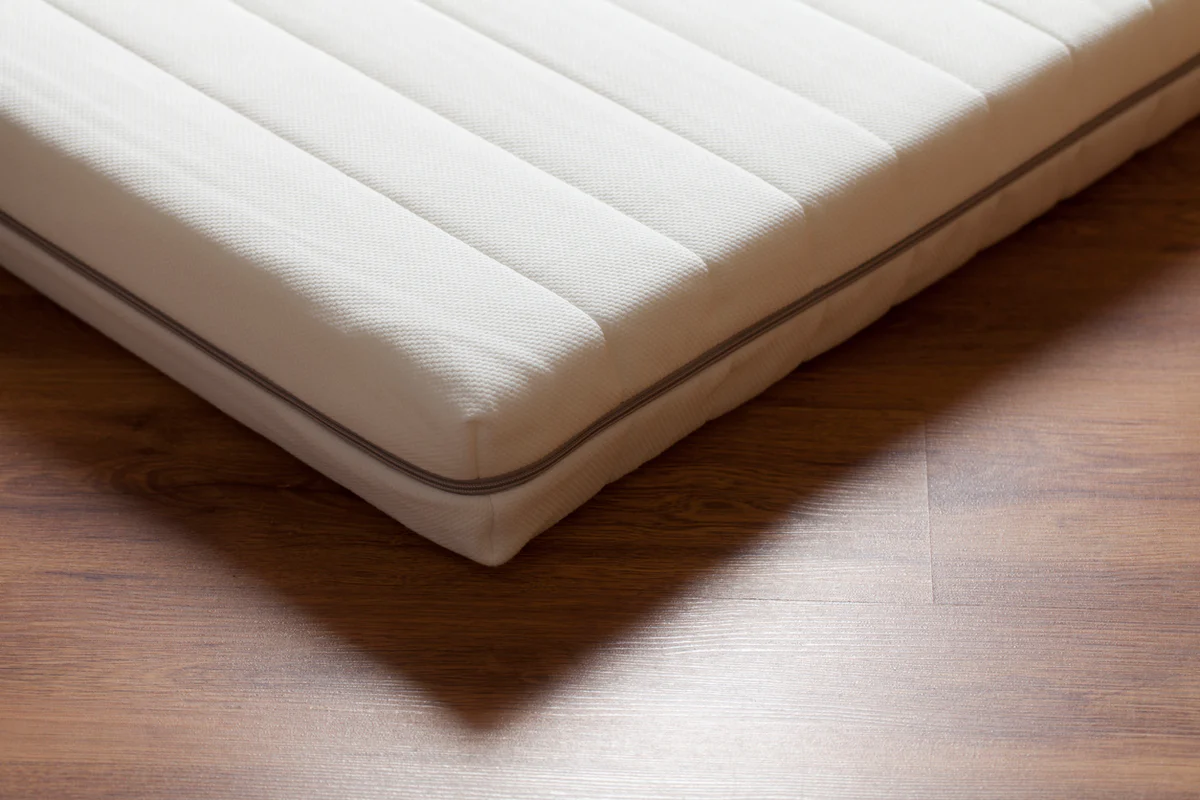

Bedroom Furniture
How To Get The Smell Out Of Memory Foam
Modified: August 23, 2024
Learn effective tips to remove odor from memory foam mattresses and pillows. Discover simple solutions for a fresh-smelling bedroom.
(Many of the links in this article redirect to a specific reviewed product. Your purchase of these products through affiliate links helps to generate commission for Storables.com, at no extra cost. Learn more)
**
Introduction
**
Memory foam mattresses and pillows are renowned for their unparalleled comfort and support. However, over time, they can develop an unpleasant odor that may be off-putting. Understanding the causes of these odors and the proper cleaning methods is essential for maintaining a fresh and hygienic sleeping environment. In this comprehensive guide, we will delve into the intricacies of memory foam and explore effective strategies for eliminating unwanted odors. Whether you're dealing with a faint smell or a stubborn stench, these insights will equip you with the knowledge to restore your memory foam to its pristine condition.
Key Takeaways:
- Memory foam can develop odors due to off-gassing, moisture absorption, and accumulated body oils. Preventive measures like using a mattress protector and regular cleaning can help maintain a fresh sleeping environment.
- Gentle cleaning methods like vacuuming and spot cleaning, as well as deep cleaning methods like enzymatic cleaners and vinegar solutions, can effectively eliminate odors from memory foam. Implementing preventive measures can help prevent odors from recurring.
Understanding Memory Foam
Memory foam, also known as viscoelastic foam, is a unique material that responds to pressure and heat, conforming to the shape of the body. Originally developed by NASA in the 1970s to improve seat cushioning and crash protection for airline pilots and passengers, memory foam has since gained popularity in the bedding industry due to its exceptional comfort and pressure-relieving properties.
This innovative material is composed of polyurethane with added chemicals that increase its viscosity and density. The open-cell structure of memory foam allows it to compress in response to pressure and body heat, redistributing weight and reducing stress on key pressure points. As a result, memory foam provides unparalleled support and comfort, promoting a restful and rejuvenating sleep experience.
One of the distinctive characteristics of memory foam is its tendency to retain odors. This is primarily due to its composition and the way it responds to moisture and body heat. Understanding the properties of memory foam is crucial for effectively addressing and preventing unwanted odors.
Now that we have a foundational understanding of memory foam, we can explore the common causes of odor in memory foam products.
Common Causes of Odor
Memory foam products, such as mattresses and pillows, can develop odors over time due to various factors. Understanding these common causes of odor is essential for implementing targeted cleaning and preventive measures.
- Off-Gassing:** When memory foam is manufactured, it may release volatile organic compounds (VOCs) as it decompresses. These compounds can emit a chemical-like odor, commonly referred to as off-gassing. While the initial off-gassing odor typically dissipates within a few days to a few weeks, some residual scent may linger, especially in enclosed spaces with limited ventilation.
- Moisture Absorption:** Memory foam has a high propensity to absorb moisture, whether from sweat, spills, or high humidity. This moisture can become trapped within the foam, providing an ideal environment for the growth of odor-causing bacteria, mold, and mildew.
- Accumulated Body Oils and Dead Skin Cells:** Over time, body oils, sweat, and shed skin cells can accumulate on the surface and within the structure of memory foam. These organic residues can harbor bacteria and contribute to an unpleasant smell if not regularly cleaned and maintained.
- Environmental Factors:** External elements such as pet dander, dust, and airborne pollutants can settle into the memory foam, contributing to the development of odors over time.
By recognizing these common causes of odor in memory foam, you can take proactive measures to address and prevent the buildup of unwanted scents. Next, we’ll discuss important precautions to consider before embarking on the cleaning process.
Precautions Before Cleaning
Before initiating the cleaning process for memory foam, it’s crucial to consider several precautions to ensure the safety and integrity of the material.
- Read Manufacturer’s Instructions:** Always refer to the manufacturer’s guidelines and recommendations for cleaning and maintaining memory foam products. Following their specific instructions will help prevent damage and preserve the warranty of the item.
- Spot Testing:** Prior to applying any cleaning solution or method to the entire surface of the memory foam, perform a spot test in an inconspicuous area. This test will help determine if the cleaning agent causes any adverse reactions, such as discoloration or deterioration of the foam.
- Gentle Handling:** Memory foam is delicate and can be easily damaged if subjected to rough handling or vigorous scrubbing. Exercise caution when cleaning and avoid excessive agitation to prevent altering the foam’s structure.
- Proper Ventilation:** When cleaning memory foam, ensure that the area is well-ventilated to facilitate the drying process and prevent the accumulation of moisture, which can lead to mold and mildew growth.
- Avoid Harsh Chemicals:** Refrain from using harsh chemicals, bleach, or abrasive cleaners on memory foam, as these substances can degrade the material and exacerbate odor issues.
- Thorough Drying:** After cleaning, allow the memory foam to thoroughly air dry before covering it with sheets or fabric. Proper drying is essential for preventing mold and mildew growth and ensuring the removal of residual odors.
By adhering to these precautions, you can mitigate the risk of damaging the memory foam while effectively addressing odor issues. With these considerations in mind, we can now explore general cleaning methods for eliminating odors from memory foam.
To get the smell out of memory foam, sprinkle baking soda on the surface and let it sit for a few hours before vacuuming it up. You can also use a mixture of water and vinegar in a spray bottle to lightly mist the foam and then let it air dry.
General Cleaning Methods
When addressing odors in memory foam, employing gentle yet effective cleaning methods is paramount to preserving the integrity of the material. Here are some general cleaning approaches to help eliminate unwanted odors from memory foam mattresses, pillows, or toppers:
- Vacuuming: Begin by vacuuming the memory foam surface using a soft brush attachment to remove loose debris, dust, and pet dander. This initial step helps prepare the foam for deeper cleaning by eliminating surface particles that can contribute to odors.
- Spot Cleaning: For localized stains or odors, spot cleaning with a mild detergent solution can be effective. Mix a small amount of gentle liquid soap or mild detergent with water to create a diluted cleaning solution. Dab the affected area with a soft cloth or sponge, being careful not to oversaturate the foam.
- Baking Soda Absorption: Sprinkling a thin layer of baking soda over the memory foam surface can help absorb and neutralize odors. Allow the baking soda to sit for several hours or overnight before vacuuming it away. This method is particularly useful for addressing mild odors and refreshing the foam.
- Sunlight Exposure: If feasible, exposing the memory foam to direct sunlight can help naturally eliminate odors and inhibit bacterial growth. Place the foam outdoors in a well-ventilated area for a few hours, taking care to avoid prolonged exposure to prevent discoloration or damage from UV rays.
- Steam Cleaning: Using a handheld steam cleaner with a fabric attachment, gently steam the surface of the memory foam to sanitize and freshen it. Ensure that the steam is not too hot and maintain a safe distance from the foam to prevent excessive moisture absorption.
These general cleaning methods offer practical and non-invasive approaches to combat odor issues in memory foam. However, for more stubborn or pervasive odors, deep cleaning methods may be necessary to achieve thorough odor elimination, as we will explore next.
Read more: How To Get Pee Out Of A Memory Foam Mattress
Deep Cleaning Methods
For persistent or deeply ingrained odors in memory foam, employing deep cleaning methods can be instrumental in thoroughly eliminating the source of the smell. These approaches are designed to penetrate the foam and address odor-causing agents at a deeper level. Here are effective deep cleaning methods for memory foam:
- Enzymatic Cleaner Application: Enzymatic cleaners are specifically formulated to target organic stains and odors, making them well-suited for addressing bodily fluid residues and odors in memory foam. Apply the enzymatic cleaner according to the manufacturer’s instructions, ensuring thorough coverage of the affected areas. Allow the cleaner to penetrate the foam and break down organic matter before blotting or gently extracting excess moisture.
- Vinegar Solution Treatment: A solution of white vinegar and water can help neutralize odors and disinfect memory foam. Mix equal parts of water and white vinegar in a spray bottle and lightly mist the foam surface. Allow the solution to air dry, and the vinegar scent will dissipate as it evaporates, taking unwanted odors with it.
- Hydrogen Peroxide Application: Hydrogen peroxide is effective for combating stubborn odors and disinfecting memory foam. Dilute hydrogen peroxide with water, spray it onto the affected areas, and allow it to sit for a few minutes before blotting with a clean, damp cloth. Ensure thorough drying after this treatment to prevent moisture retention.
- Freezing Method: In cases where the memory foam item is small enough, placing it in a sealed plastic bag and then into the freezer can help neutralize odors. The freezing temperature can inhibit bacterial growth and reduce odor intensity. After a few hours, remove the item from the freezer and allow it to gradually return to room temperature before use.
These deep cleaning methods are tailored to address persistent odors and deeply embedded contaminants in memory foam, offering effective solutions for restoring freshness and cleanliness. Once the odors have been successfully eliminated, implementing preventive measures can help maintain a pristine and odor-free sleeping environment.
Preventing Odor in Memory Foam
After successfully addressing and eliminating odors from memory foam, implementing preventive measures is essential for maintaining a fresh and hygienic sleeping environment. By proactively mitigating the factors that contribute to odor development, you can prolong the cleanliness and comfort of your memory foam products. Here are effective strategies for preventing odor in memory foam:
- Use a Mattress Protector: Investing in a high-quality, waterproof mattress protector can safeguard your memory foam mattress from spills, stains, and moisture accumulation. A breathable and hypoallergenic protector will also create a barrier against dust mites and allergens, contributing to a cleaner and odor-free sleep surface.
- Regular Cleaning and Maintenance: Establish a routine for cleaning and maintaining your memory foam products. Vacuuming the mattress or pillow regularly to remove dust and debris, spot cleaning as needed, and airing out the foam in sunlight can help prevent the buildup of odors and microbial growth.
- Proper Ventilation: Ensure adequate airflow around and beneath the memory foam mattress by using a slatted bed base or foundation with good ventilation. This promotes air circulation, discourages moisture retention, and inhibits the development of musty odors.
- Dust and Allergen Control: Minimize the accumulation of dust, pet dander, and allergens in the sleeping area by regularly washing bedding, vacuuming the bedroom, and using allergen-resistant pillow and mattress covers. This proactive approach can contribute to a cleaner and odor-free sleep environment.
- Temperature and Humidity Control: Maintain a comfortable indoor environment with optimal temperature and humidity levels. Avoid excessive humidity, as it can promote mold and mildew growth in memory foam. Using a dehumidifier in humid climates can help control moisture levels and prevent odor-causing issues.
By integrating these preventive measures into your regular mattress and pillow care routine, you can significantly reduce the likelihood of odors developing in memory foam products. Consistent maintenance and proactive strategies will contribute to a healthier and more enjoyable sleep experience.
Conclusion
Memory foam products are prized for their exceptional comfort and support, but they can be susceptible to developing unwanted odors over time. By understanding the common causes of odor and implementing targeted cleaning methods, you can effectively restore and maintain the freshness of memory foam mattresses, pillows, and toppers.
From addressing off-gassing and moisture absorption to combating accumulated body oils and environmental factors, recognizing the sources of odor is crucial for implementing appropriate cleaning and preventive measures. Whether utilizing general cleaning methods such as vacuuming and spot cleaning or employing deep cleaning approaches like enzymatic cleaners and vinegar solutions, there are effective strategies for eliminating odors from memory foam.
Furthermore, by taking precautions before cleaning, such as adhering to manufacturer’s guidelines, spot testing, and ensuring proper ventilation, you can safeguard the integrity of the memory foam while addressing odor issues. Implementing preventive measures, including using mattress protectors, maintaining proper ventilation, and controlling dust and allergens, can significantly reduce the likelihood of odors reoccurring in memory foam products.
Ultimately, by integrating these insights into your mattress and pillow care routine, you can create a healthier and more hygienic sleep environment, free from unwanted odors. With a combination of proactive maintenance and targeted cleaning methods, you can preserve the pristine condition and comfort of your memory foam products, ensuring a restful and rejuvenating sleep experience for years to come.
Frequently Asked Questions about How To Get The Smell Out Of Memory Foam
Was this page helpful?
At Storables.com, we guarantee accurate and reliable information. Our content, validated by Expert Board Contributors, is crafted following stringent Editorial Policies. We're committed to providing you with well-researched, expert-backed insights for all your informational needs.
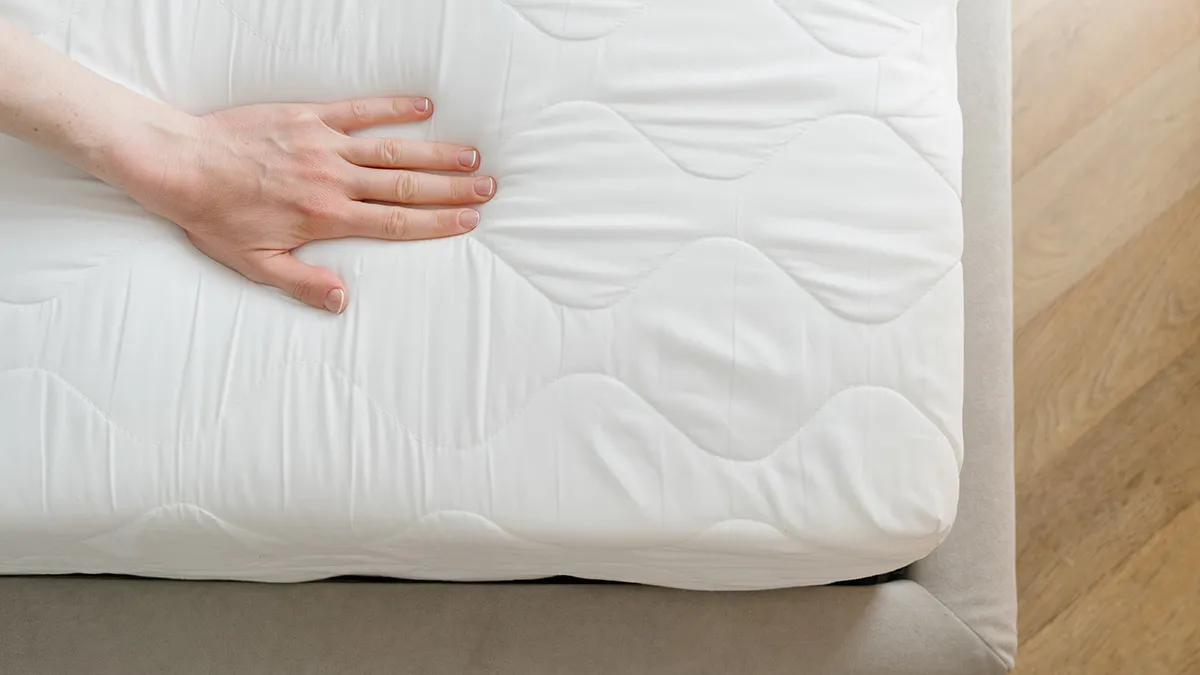
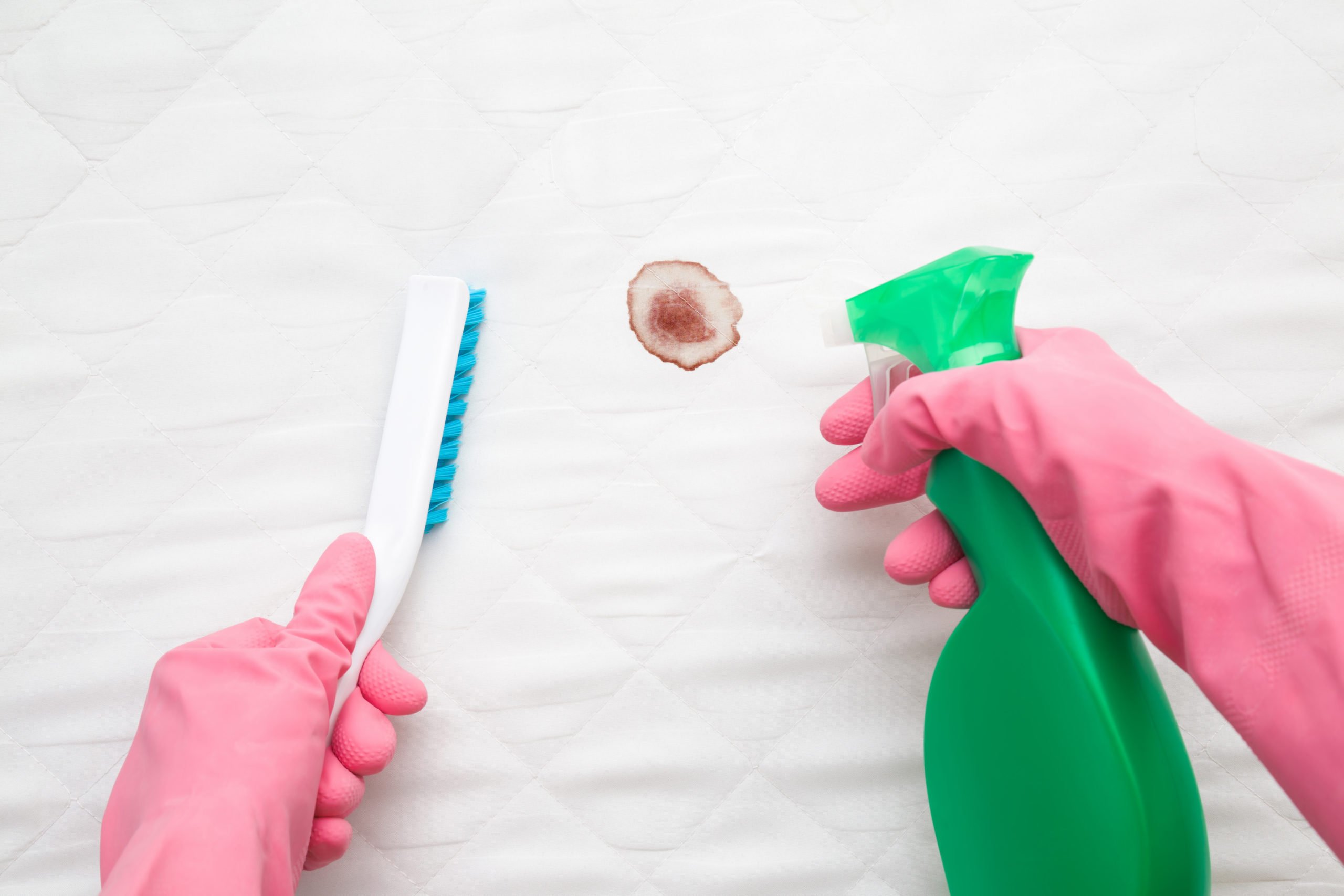
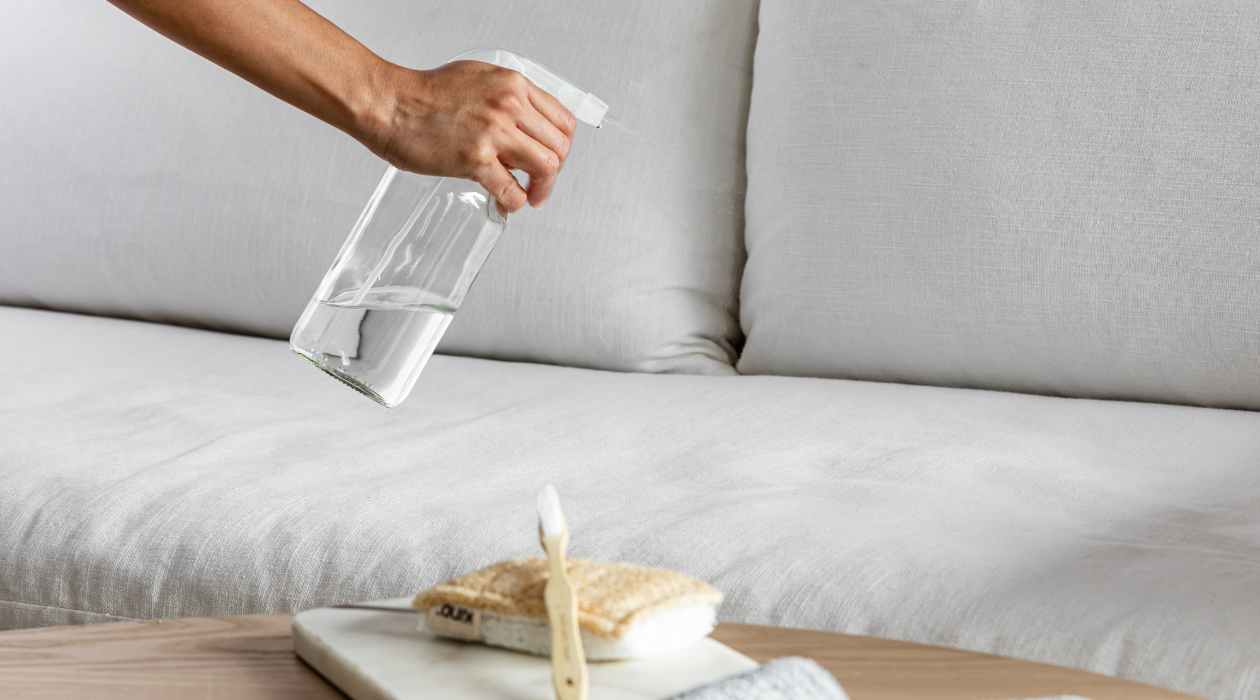
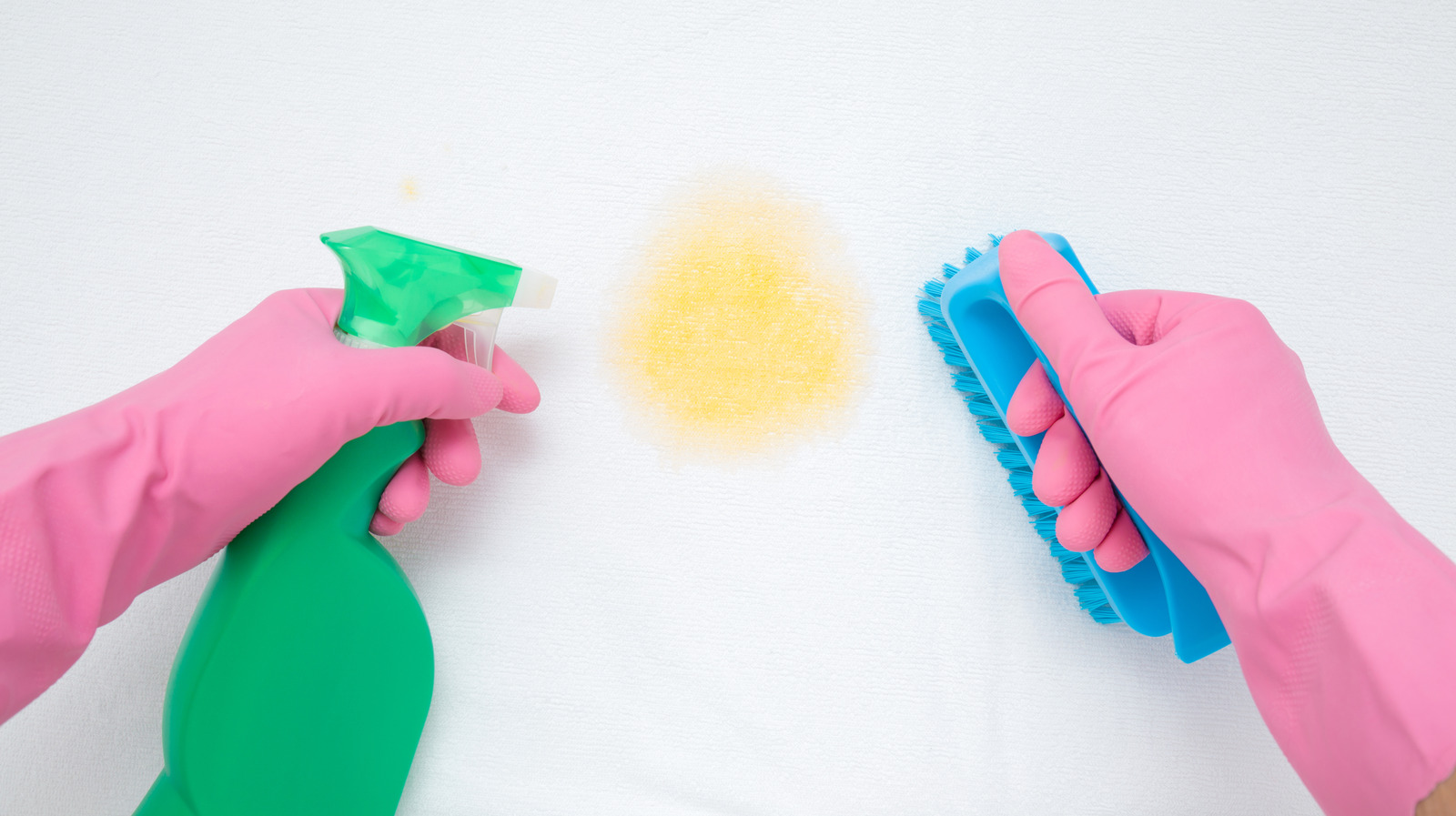
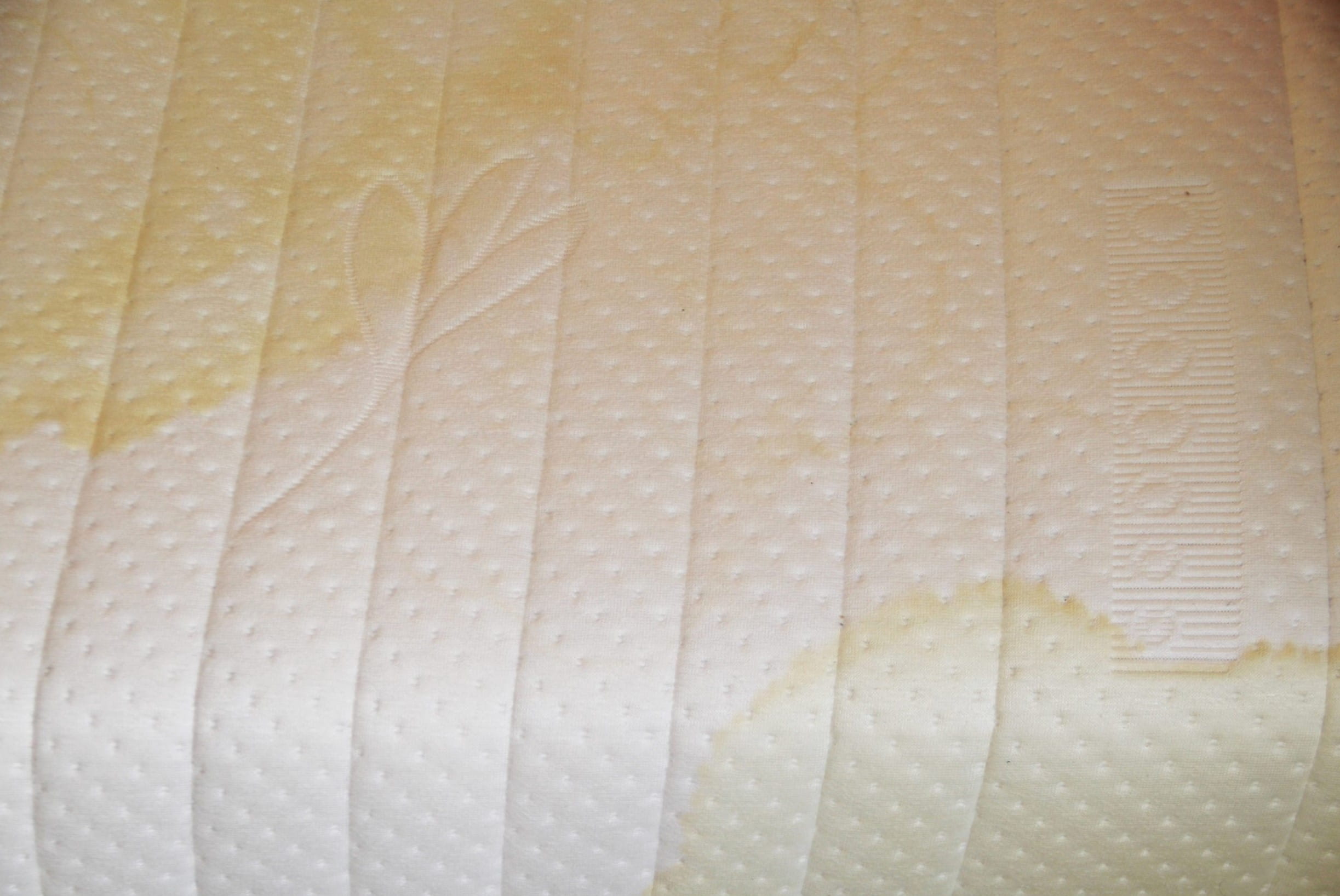
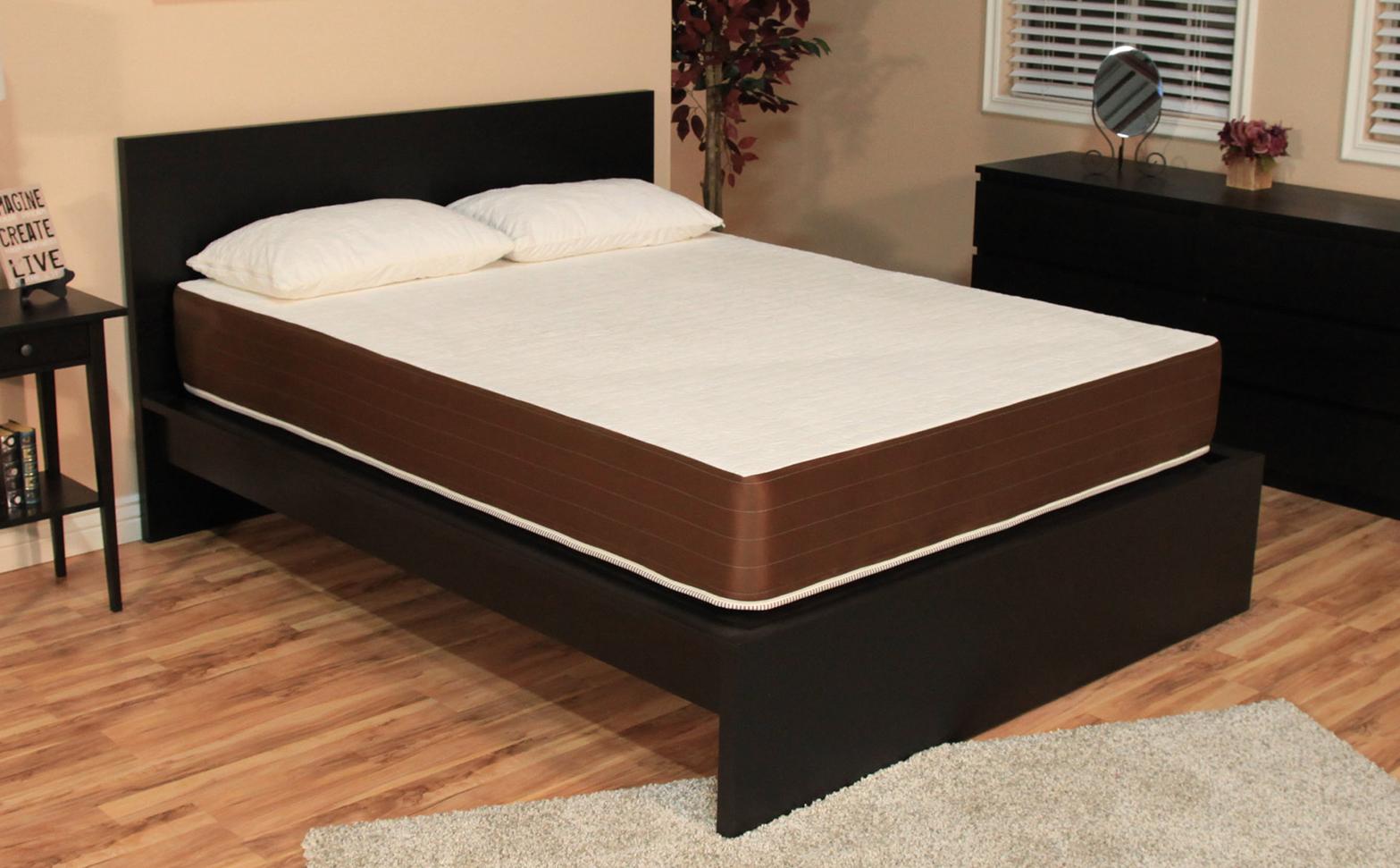
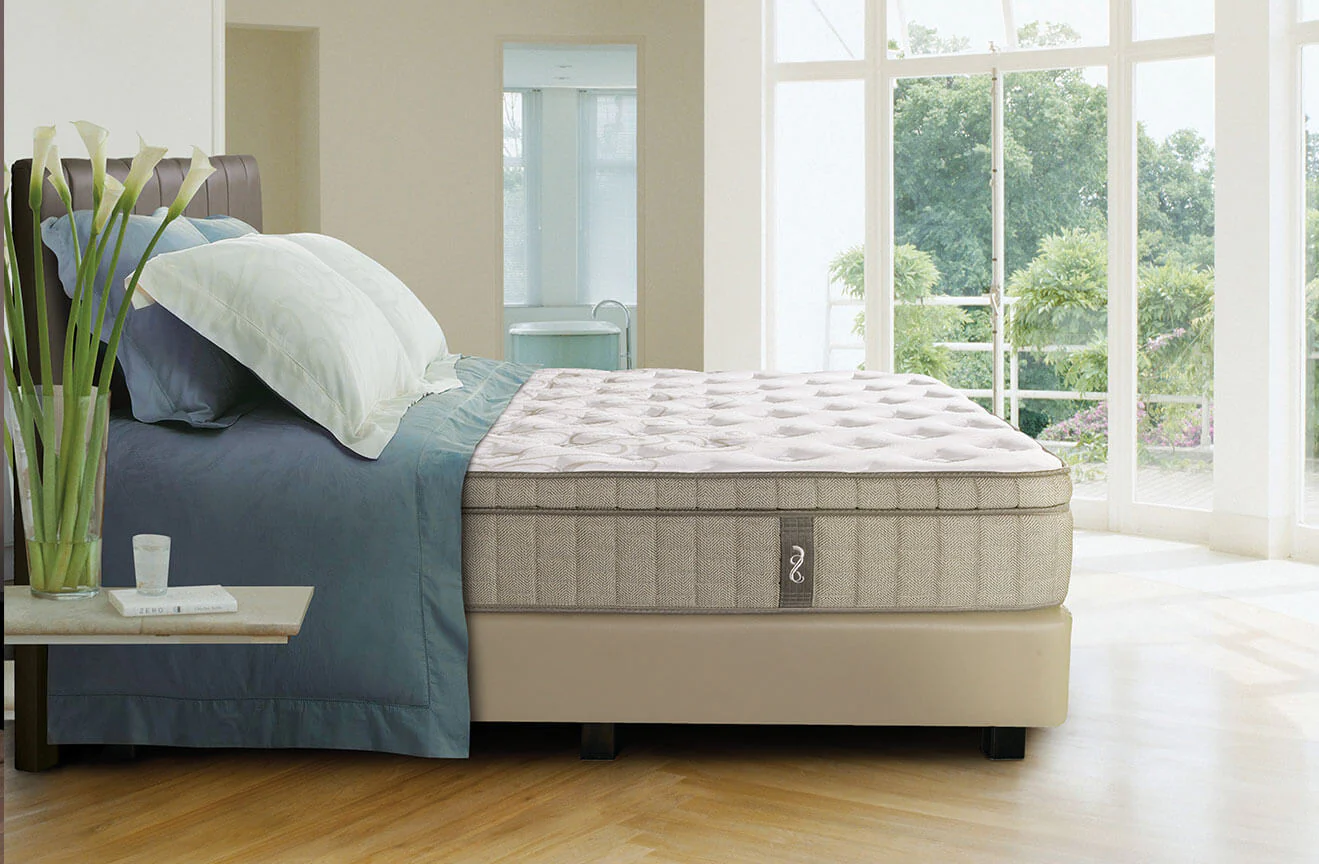
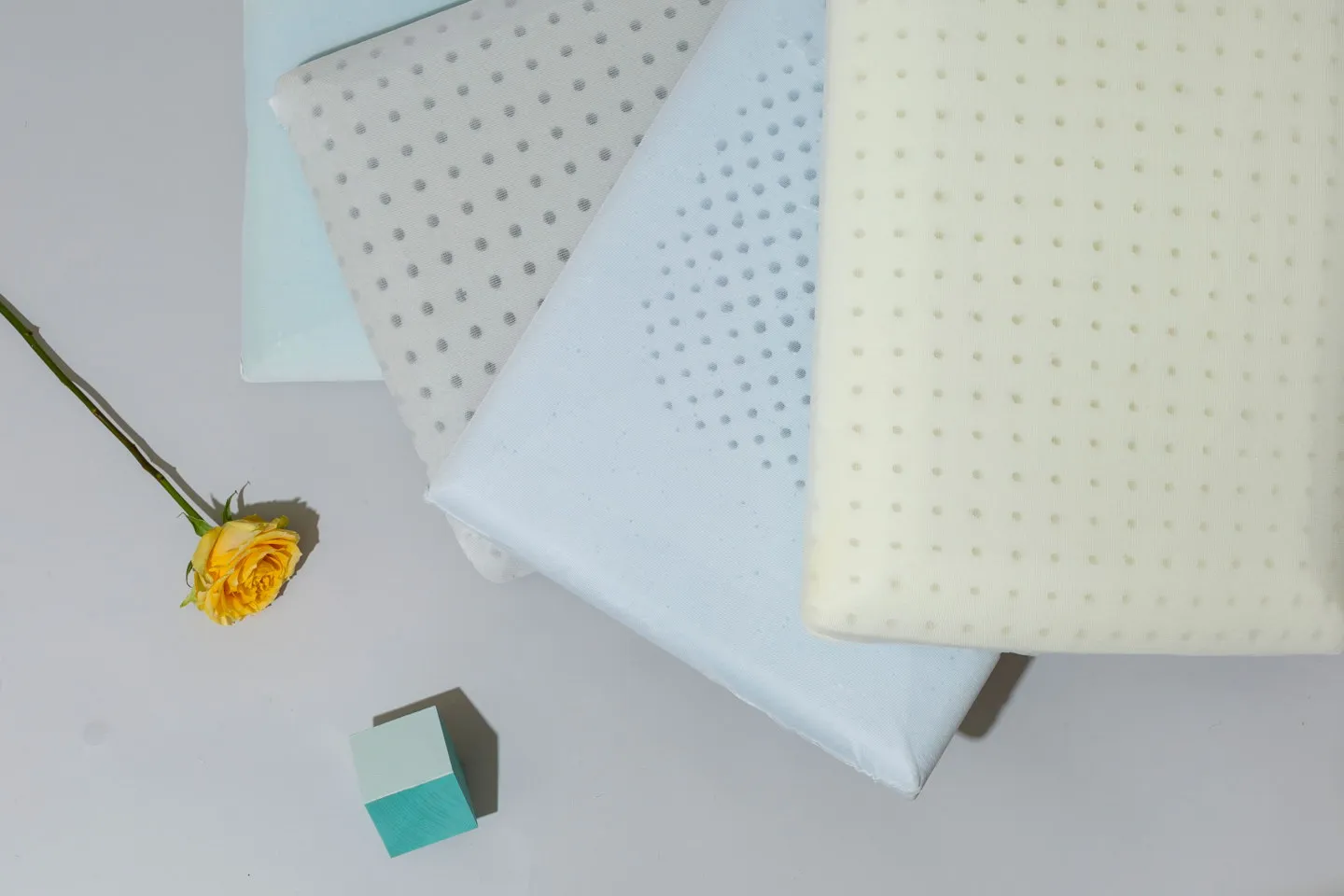
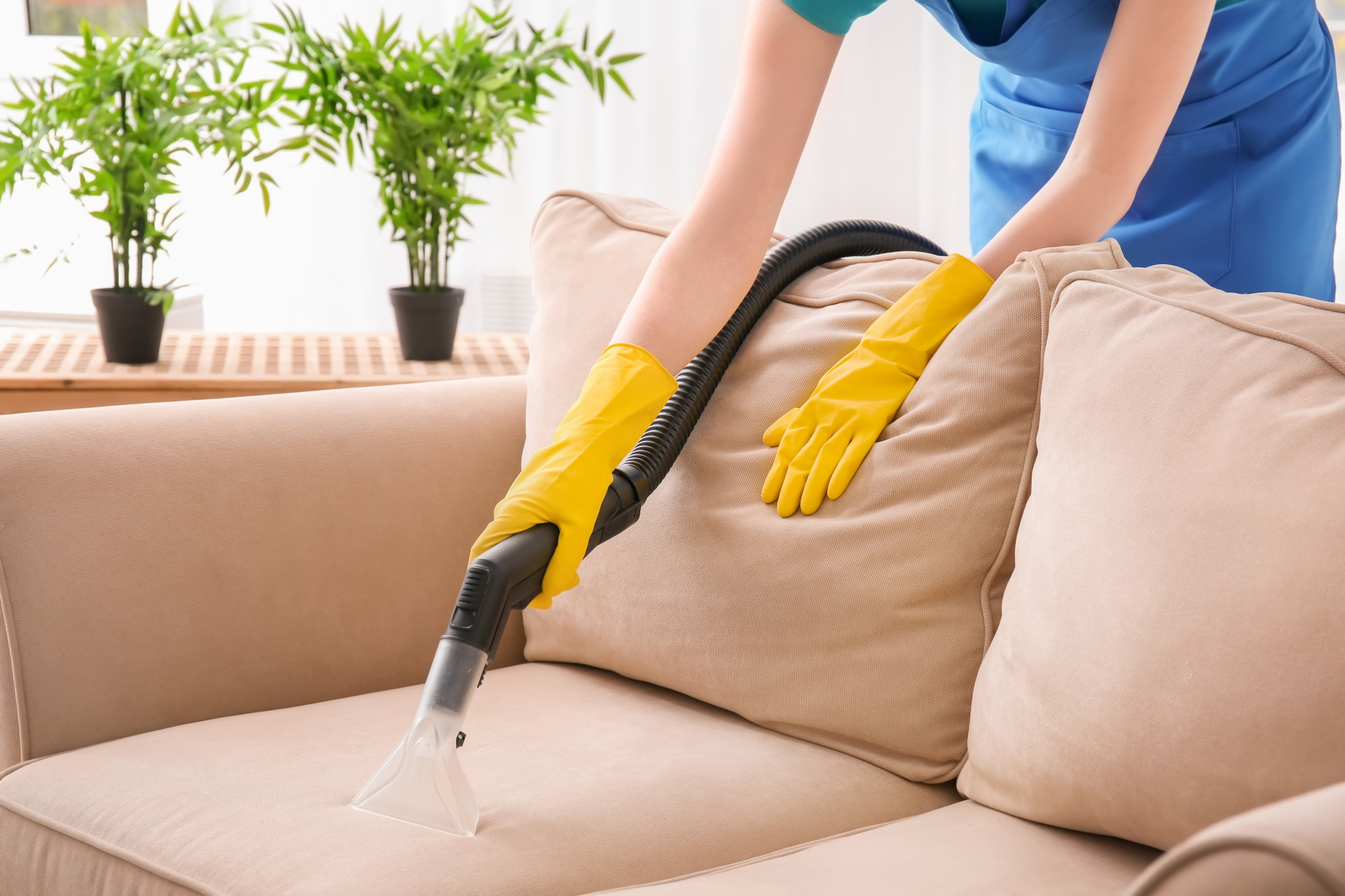


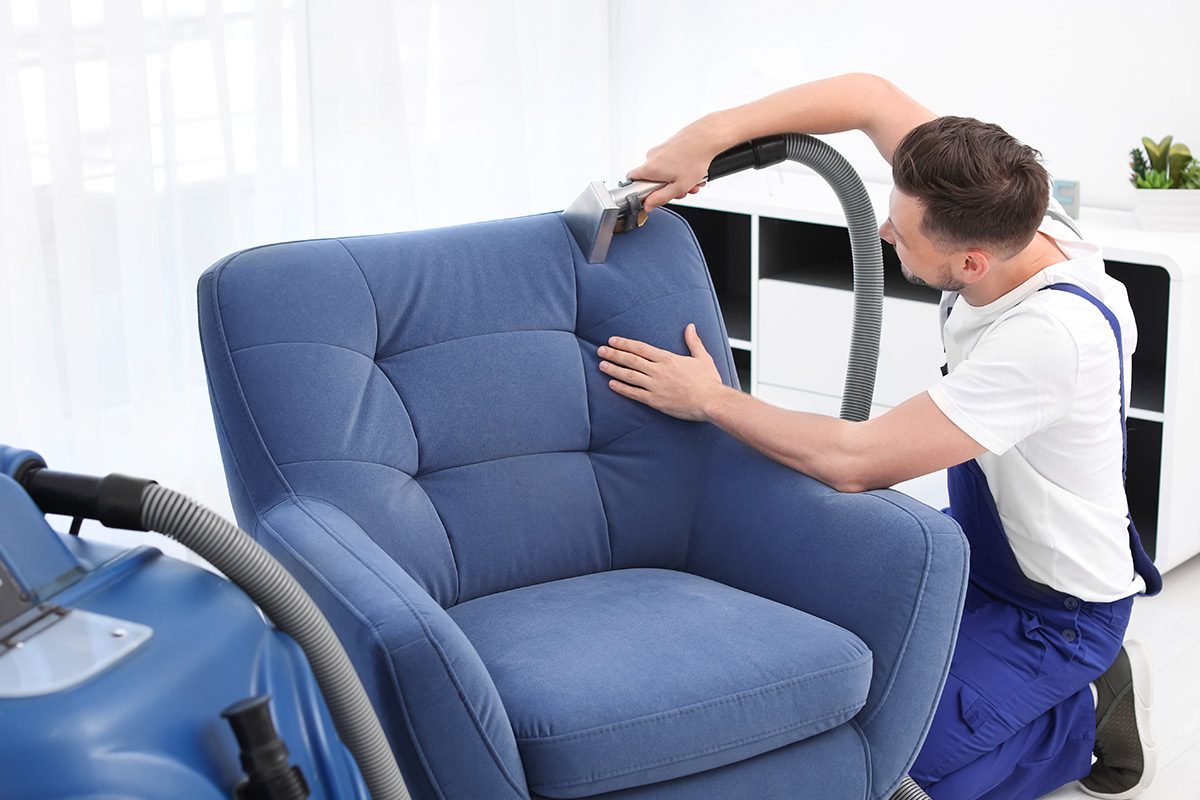
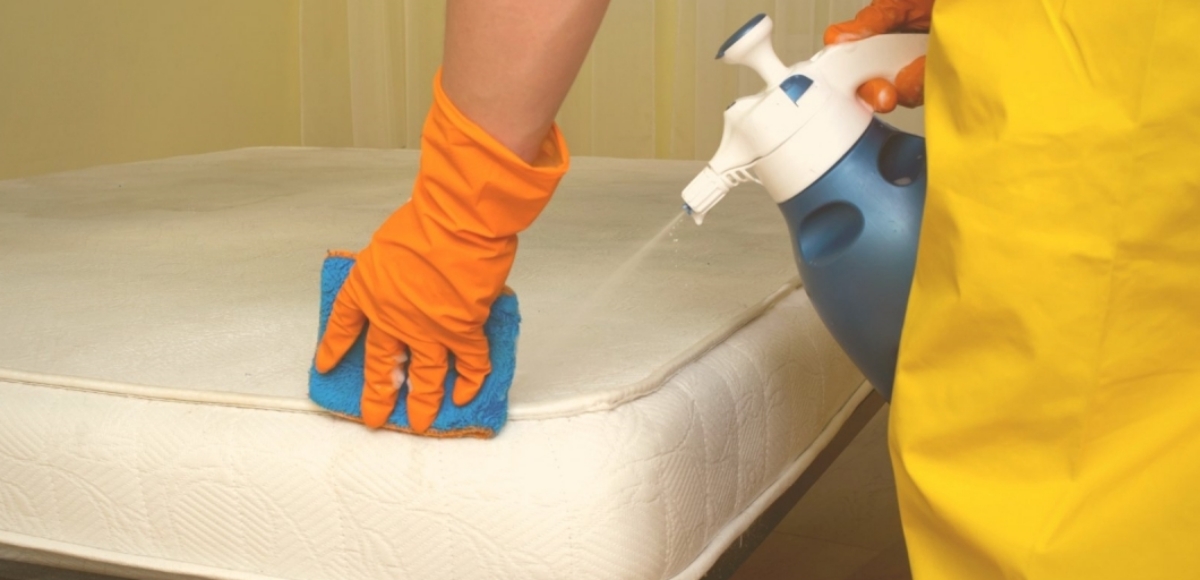


0 thoughts on “How To Get The Smell Out Of Memory Foam”